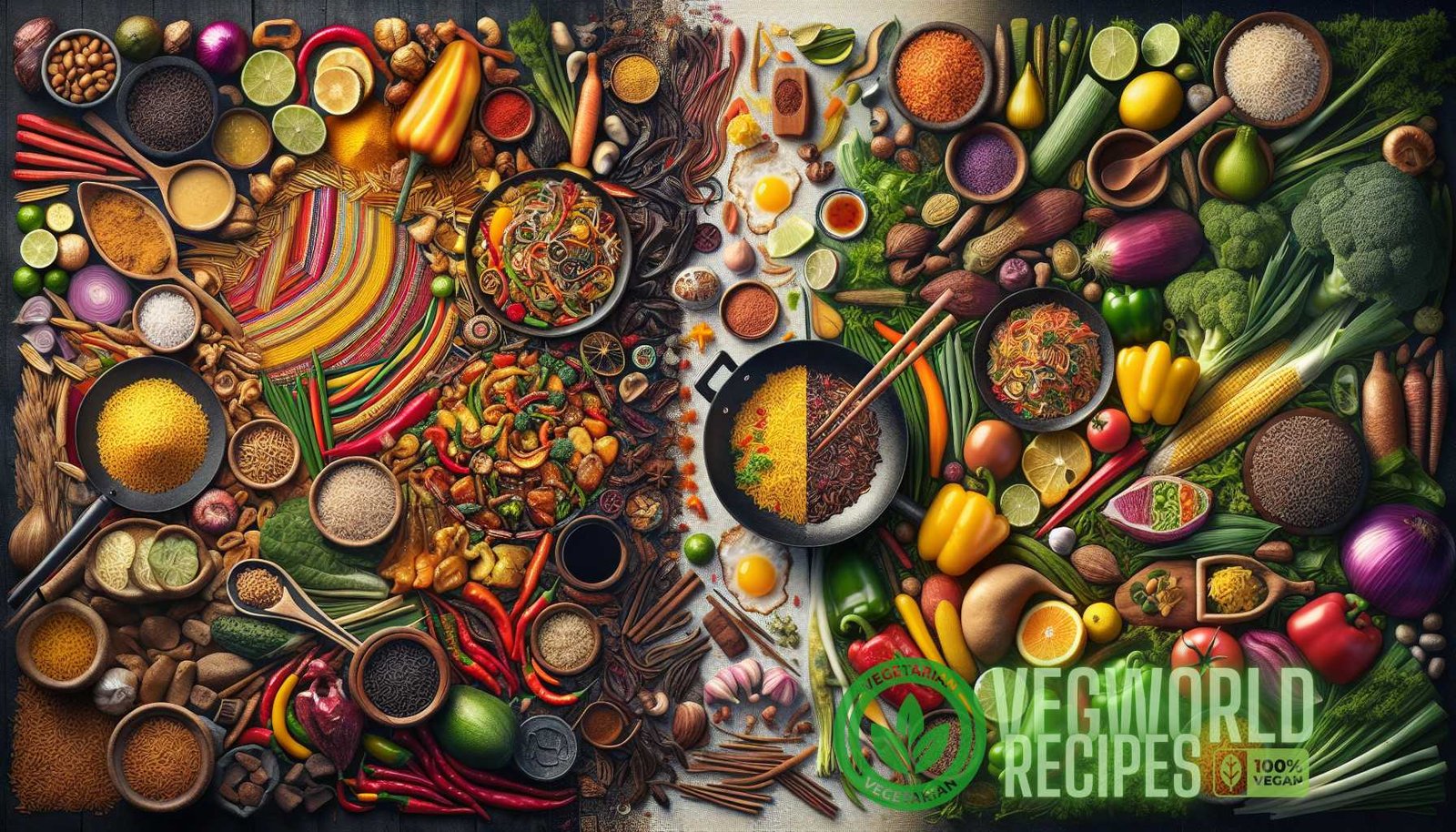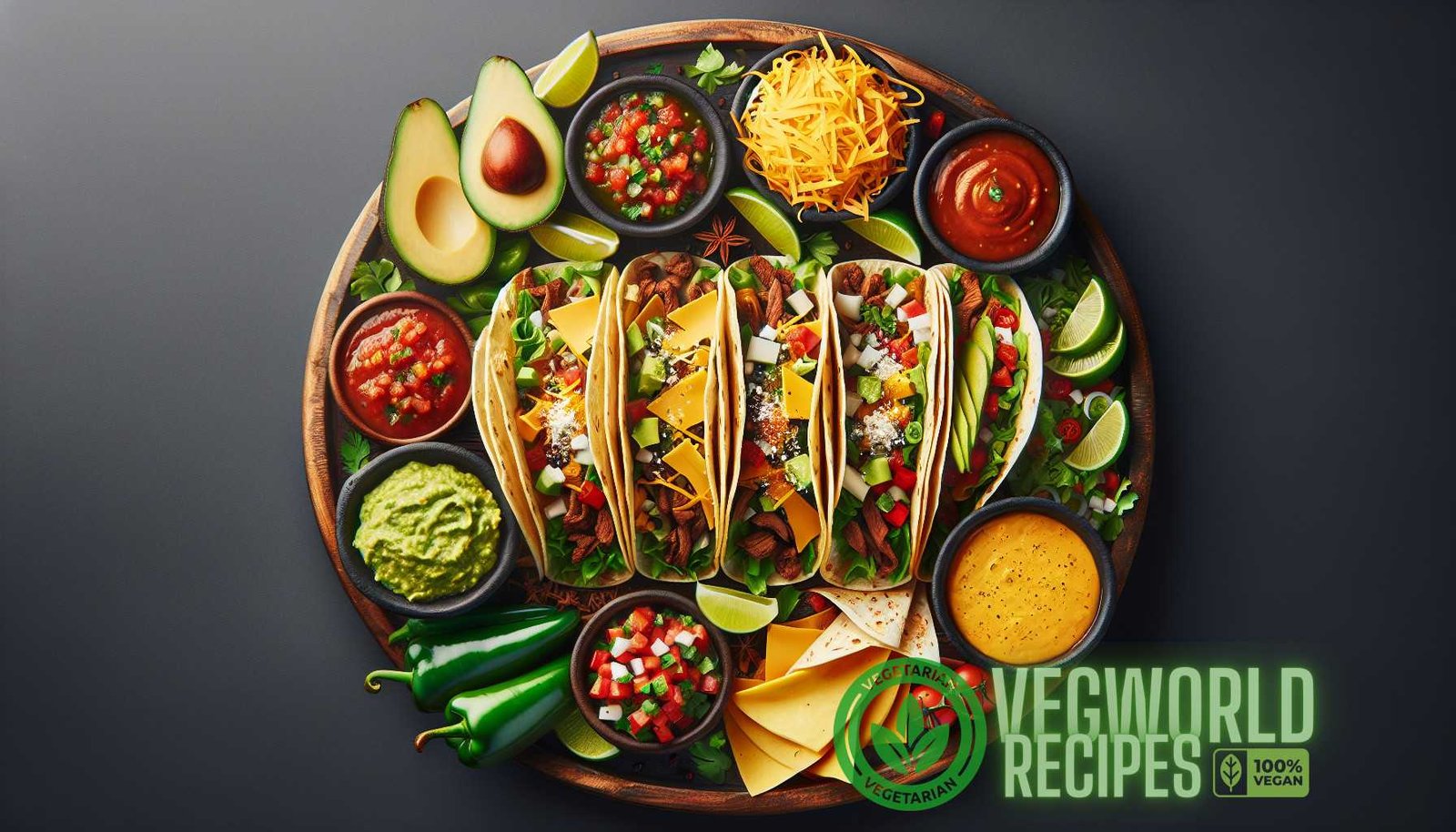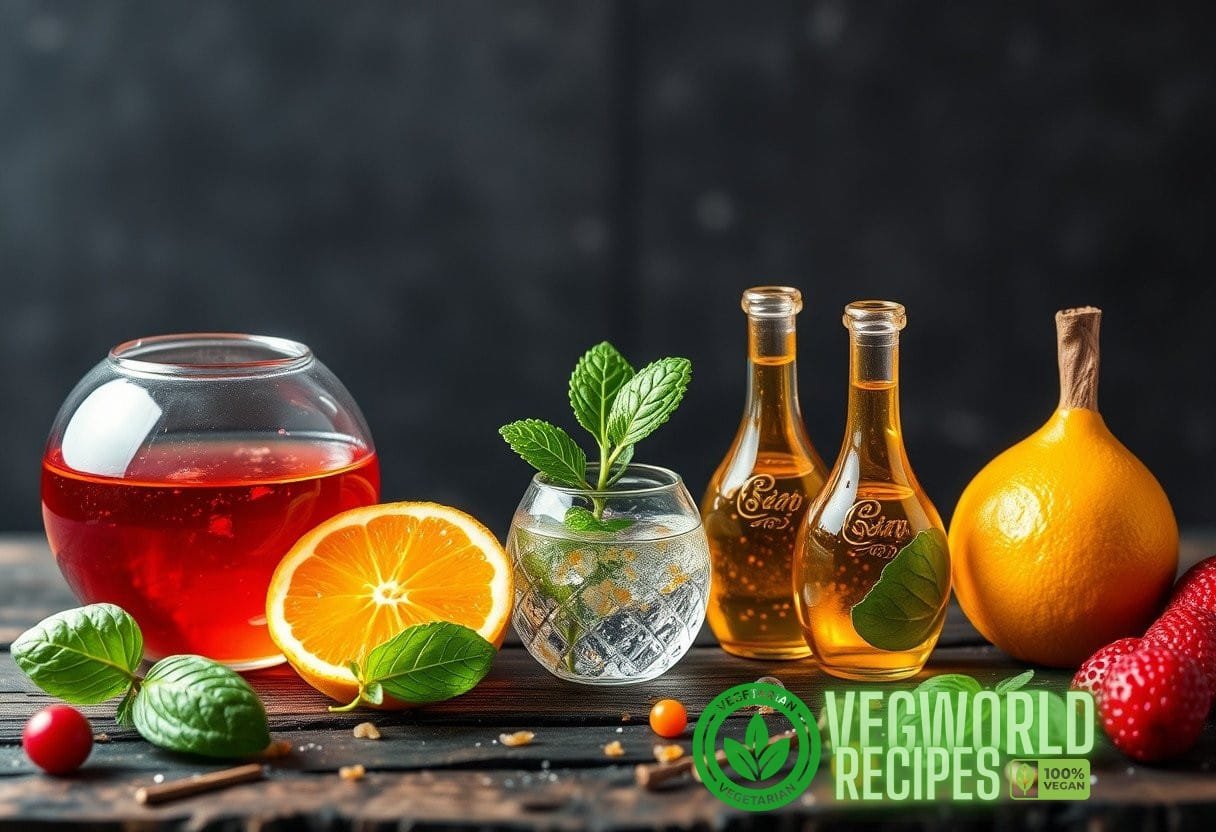Introduction
Latin American cuisine is a rich and diverse tapestry of flavors, reflecting the centuries-old fusion of indigenous ingredients and culinary traditions brought by colonizers from Europe, Africa, and Asia. This unique blend of influences has created an eclectic and vibrant food culture that is celebrated around the world. In this comprehensive guide, we will delve into the fascinating world of indigenous Latin American cuisine, unraveling its origins, exploring its culinary heritage, and showcasing the diverse flavors that make up the Latin fusion.
Table of Contents
- Origins of Indigenous Latin American Cuisine
- Influences from European Colonizers
- African Influence on Latin American Cuisine
- Asian Influence on Latin American Cuisine
- Key Ingredients in Indigenous Latin American Cuisine
- Regional Cuisines and Flavor Profiles
- Traditional Dishes and Cooking Techniques
- Celebrations and Festivals
- Contemporary Latin American Cuisine
- Conclusion
1. Origins of Indigenous Latin American Cuisine
Indigenous Latin American cuisine dates back thousands of years, with some of the earliest evidence of human settlement in the region dating to around 13,000 BCE. Native tribes such as the Maya, Aztec, and Inca developed sophisticated agricultural techniques and cultivated staple crops like maize, beans, and potatoes. These crops formed the foundation of the indigenous diet and continue to be essential ingredients in Latin American cuisine to this day.
The indigenous people of Latin America had a deep connection with the natural world and revered the land and its offerings. They developed sustainable farming practices, such as terracing and crop rotation, to ensure the fertility of the soil. This deep respect for nature is reflected in the use of fresh, locally sourced ingredients in traditional Latin American dishes.
2. Influences from European Colonizers
The arrival of European colonizers in the 15th century brought significant changes to indigenous Latin American cuisine. The Spanish, Portuguese, and other European settlers introduced new ingredients, cooking techniques, and flavors to the region. They brought with them crops such as wheat, rice, sugar, and various fruits and vegetables, which were integrated into the local cuisine over time.
The European influence is particularly evident in countries like Mexico, where ingredients like tomatoes, onions, and garlic became essential components of dishes like salsas and guacamole. European cooking techniques, such as frying, baking, and stewing, were also adopted and merged with indigenous methods to create unique flavors and textures in Latin American cuisine.
Indian vegetarian recipes
3. African Influence on Latin American Cuisine
The transatlantic slave trade brought millions of Africans to Latin America, resulting in a significant African influence on the region’s cuisine. African slaves brought their culinary knowledge, including the use of spices, plantains, okra, and yams. These ingredients and flavors became integral to dishes such as gumbo in Brazil and sancocho in the Caribbean.
In addition to ingredients, African cooking techniques also shaped Latin American cuisine. For example, the technique of marinating meat with citrus juices, known as “escabeche,” has African roots and is widely used in Latin American cooking.
Vegetarian Italian dishes
4. Asian Influence on Latin American Cuisine
Asian immigrants, particularly from China and Japan, arrived in Latin America in the 19th and early 20th centuries. They brought with them their culinary traditions and ingredients, which had a lasting impact on Latin American cuisine. For example, in Peru, the fusion of Japanese and Peruvian cuisines gave birth to the popular dish “Nikkei,” which combines traditional Peruvian ingredients with Japanese flavors and techniques.

Chinese immigrants also introduced stir-frying techniques, soy sauce, and other seasonings to Latin American cuisine. The result is dishes like “arroz chaufa” in Peru, a Chinese-influenced fried rice dish.
5. Key Ingredients in Indigenous Latin American Cuisine
Indigenous Latin American cuisine relies heavily on fresh, locally sourced ingredients. Some of the key ingredients found in traditional Latin American dishes include:
- Maize: Corn is a staple crop in Latin America and is used in a wide variety of dishes, including tortillas, tamales, and tlayudas.
- Beans: Beans are another essential ingredient in Latin American cuisine. They are often cooked with herbs and spices and served as a side dish or used as a filling in tacos and empanadas.
- Potatoes: Indigenous to the Andes region, potatoes are a versatile ingredient used in many traditional Latin American dishes, such as causa and papas a la huancaina.
- Tomatoes: Introduced by European colonizers, tomatoes are widely used in Latin American cuisines, particularly in salsas, sauces, and soups.
- Chiles: Latin America is known for its diverse range of chiles, which add heat and flavor to dishes. Varieties like jalapeno, habanero, and ancho are commonly used.
- Cocoa: Latin America is the birthplace of cocoa, and it has been used for centuries to make chocolate. Today, Latin American countries like Ecuador and Colombia are renowned for their high-quality chocolate.
6. Regional Cuisines and Flavor Profiles
Latin America is a vast and diverse continent, and each region has its own unique cuisine and flavor profiles. Here are some examples:
6.1 Mexico
Mexican cuisine is widely celebrated for its bold flavors and vibrant use of spices. Traditional dishes like tacos, enchiladas, and mole showcase the diverse ingredients and techniques used in Mexican cooking. The flavors range from spicy and smoky to sweet and tangy, with ingredients like chili peppers, tomatoes, cacao, and avocado playing a prominent role.
6.2 Peru
Peruvian cuisine is known for its fusion of flavors from the indigenous Quechua culture, Spanish colonizers, African slaves, and Asian immigrants. Dishes like ceviche, Lomo Saltado, and Anticuchos showcase the diverse flavors and influences that make up Peruvian cuisine. The use of indigenous ingredients like quinoa, potatoes, and corn is prevalent, as well as the use of fresh seafood.
6.3 Brazil
Brazilian cuisine is a reflection of the country’s cultural diversity. The flavors vary from region to region, with influences from indigenous, European, African, and Asian cuisines. Traditional dishes like Feijoada, Coxinha, and Acarajé showcase the diverse ingredients and flavors found in Brazilian cooking. Ingredients like cassava, black beans, coconut, and palm oil are commonly used.
6.4 Argentina
Argentinian cuisine is known for its love of meat, particularly beef, as well as its traditional asado (barbecue). The flavors are rich and hearty, with dishes like empanadas, chimichurri, and dulce de leche being staples. Argentinian cuisine also incorporates European influences, particularly from Italy and Spain.
6.5 Colombia
Colombian cuisine is diverse and varies from region to region. Coastal regions feature seafood dishes like ceviche and fried fish, while the interior showcases dishes like Bandeja Paisa and Ajiaco. Colombian cuisine incorporates indigenous ingredients like plantains, yuca, and corn, as well as Spanish and African flavors.
7. Traditional Dishes and Cooking Techniques
Traditional Latin American dishes are a reflection of the region’s rich culinary heritage and cultural fusion. Here are some examples of traditional dishes and cooking techniques:

7.1 Tacos (Mexico)
Tacos are a quintessential Mexican dish that showcases the diversity and flavors of Mexican cuisine. They consist of a tortilla filled with various ingredients such as grilled meats, cheese, salsa, and guacamole. Tacos can be served soft or crispy and can be filled with anything from beef to seafood to vegetarian options like roasted vegetables or beans.
7.2 Ceviche (Peru)
Ceviche is a traditional Peruvian dish that highlights the country’s love for fresh seafood. It consists of raw fish or seafood marinated in lime or lemon juice, mixed with onions, chili peppers, and other seasonings. The acidity of the citrus juice “cooks” the fish or seafood, resulting in a refreshing and tangy dish.
7.3 Feijoada (Brazil)
Feijoada is considered Brazil’s national dish and is a hearty and flavorful stew made with black beans and pork. It is traditionally cooked with various cuts of pork, including bacon, sausage, and pork ribs, as well as seasonings like garlic, onions, and bay leaves. Feijoada is often served with rice, collard greens, and farofa (toasted cassava flour).
8. Celebrations and Festivals
Latin American culture is renowned for its vibrant celebrations and festivals, many of which revolve around food and culinary traditions. Here are a few examples:
8.1 Dia de los Muertos (Day of the Dead)
Dia de los Muertos is a Mexican holiday that celebrates and remembers loved ones who have passed away. It is a time of celebration and remembrance, with families gathering to honor their ancestors. Traditional offerings called “ofrendas” are made, which often include the deceased’s favorite foods and beverages.
8.2 Carnival (Brazil)
Carnival is an annual festival held in Brazil, known for its elaborate parades, vibrant costumes, and samba music. Food plays a significant role in Carnival, with street vendors selling traditional Brazilian snacks like coxinhas, pastéis, and acarajé. It is a time for indulgence and celebration, and feasting is a central part of the festivities.
9. Contemporary Latin American Cuisine
In recent years, Latin American cuisine has gained global recognition and has been embraced by chefs and food enthusiasts around the world. Contemporary Latin American cuisine takes traditional dishes and ingredients and adds a modern twist. Chefs are experimenting with new flavor combinations, techniques, and presentation styles, while still respecting the cultural heritage of their dishes.
Contemporary Latin American cuisine has also embraced the trend of fusion cooking, combining elements of traditional Latin American cuisine with flavors and techniques from other culinary traditions. This fusion of cultures and flavors creates exciting and innovative dishes that reflect the ever-evolving nature of Latin American cuisine.
Conclusion
Indigenous Latin American cuisine is a testament to the rich culinary heritage and cultural fusion that defines the region. From the ancient agricultural practices of the indigenous people to the influences brought by European, African, and Asian settlers, Latin American cuisine is a vibrant tapestry of flavors and traditions. Exploring the eclectic flavors of Latin fusion is a culinary journey that takes you through ancient civilizations, colonial history, and modern innovations, all on a plate. So go ahead, indulge in the diverse and delicious world of indigenous Latin American cuisine, and savor the rich flavors that have captivated the world for centuries.


